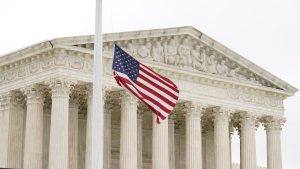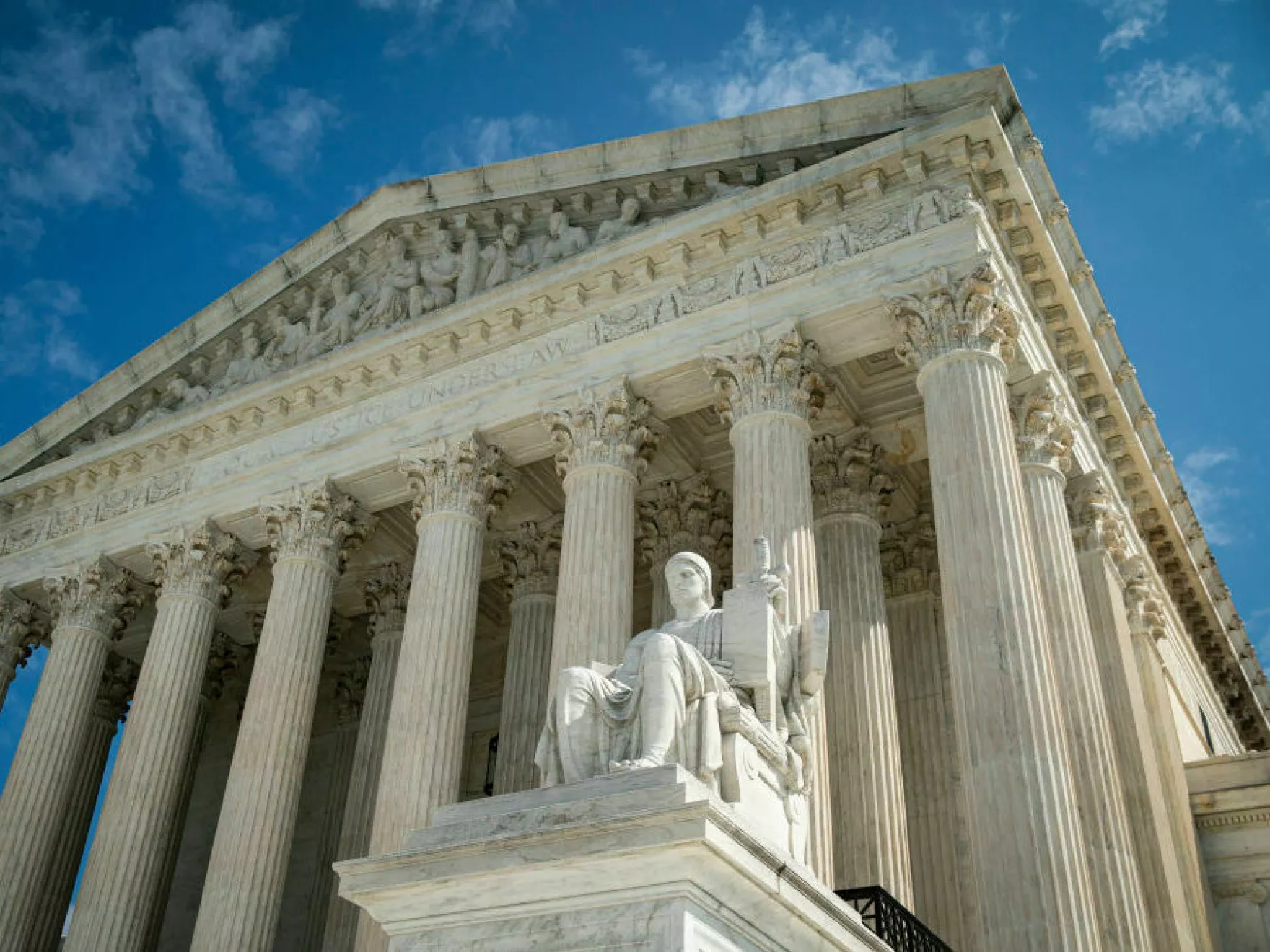Introduction:
In a decision resonating through the corridors of educational institutions across the United States. The Supreme Court’s choice not to review the admissions policy of the Thomas Jefferson High School for Science and Technology. And marks a significant turning point in the ongoing debate over Education Diversity and inclusion within the academic sphere.
This refusal to engage with the appeal effectively endorses the lower court’s decision. Which supports the school’s innovative approach to admissions. This move has broader implications for how schools nationwide will navigate the complex terrain of creating Education Diversity environments.
The Genesis of a National Debate about Education Diversity
At the heart of the controversy is a challenge by a group of parents and students to the admissions policy of a prestigious Virginia high school, which they argued discriminates against Asian Americans.
The policy shift in question replaced a traditional admissions exam with an essay and aimed to admit students from a wider array of socioeconomic backgrounds. This case has thrust the school into the national spotlight, becoming a battleground over the principles and practices of educational diversity.
Lower Court’s Rationale:Defense of Education Diversity

The lower court’s decision to uphold the school’s admissions policy was grounded in the assertion that the criteria were “race-neutral” and designed to address and mitigate socioeconomic and geographic disparities.
This ruling was a reversal from an earlier decision, which had suggested that the new admissions criteria disproportionately affected Asian American students. The court emphasized the school’s legitimate interest in diversifying its student body, highlighting the importance of a multifaceted approach to student admissions.
Dissenting Opinions:Reflection of Education Diversity
The Supreme Court’s refusal to hear the case did not go without criticism. Justices Samuel Alito and Clarence Thomas expressed their dissent, pointing to what they perceived as fundamental flaws in the lower court’s rationale.
Their criticism centered on the belief that the decision allowed for discrimination against overrepresented groups, under the guise of promoting diversity, sparking a conversation about the balance between equality and equity in educational admissions.
Broader Implications:Landscape of Education Diversity
The decision arrives amid a larger, national conversation about the role of race and identity in school and university admissions. Following a landmark Supreme Court ruling against race-conscious admissions practices in higher education. Educational institutions are now tasked with finding new paths to ensure diverse student bodies. This environment requires a delicate balance between adhering to legal standards and fostering an inclusive educational community.
Looking Ahead: Innovating Inclusive Educational Practices
As the dust settles on this Supreme Court decision, the focus shifts to how educational institutions can navigate this new landscape. Schools and universities are exploring alternative admissions criteria. And such as essays that delve into personal experiences with discrimination or challenges related to race, gender, and background. These approaches aim to maintain diversity within student bodies while conforming to the evolving judicial stance on admissions policies.
Conclusion: The Critical Role of Education Diversity
The unfolding debate over educational diversity and admissions policies underscores the essential role of independent journalism. Organizations like The Guardian play a pivotal role in shedding light on these complex issues, providing nuanced coverage that goes beyond the surface.
As we move forward, the support for such journalism will be crucial in fostering a well-informed public discourse on the future of education in America. In a landscape marked by rapid changes and deep ideological divides. And theirs need for comprehensive, investigative reporting has never been more important.




